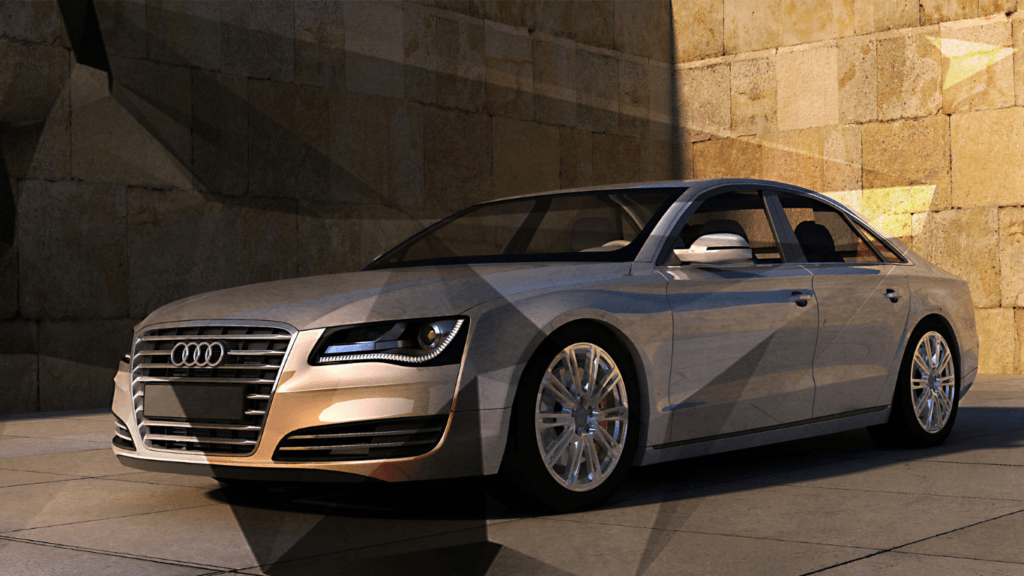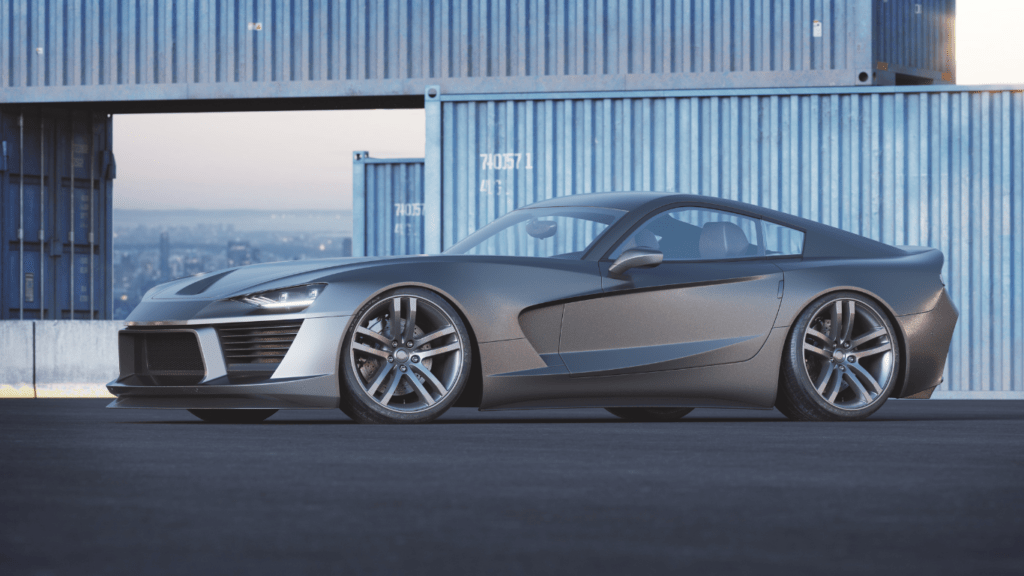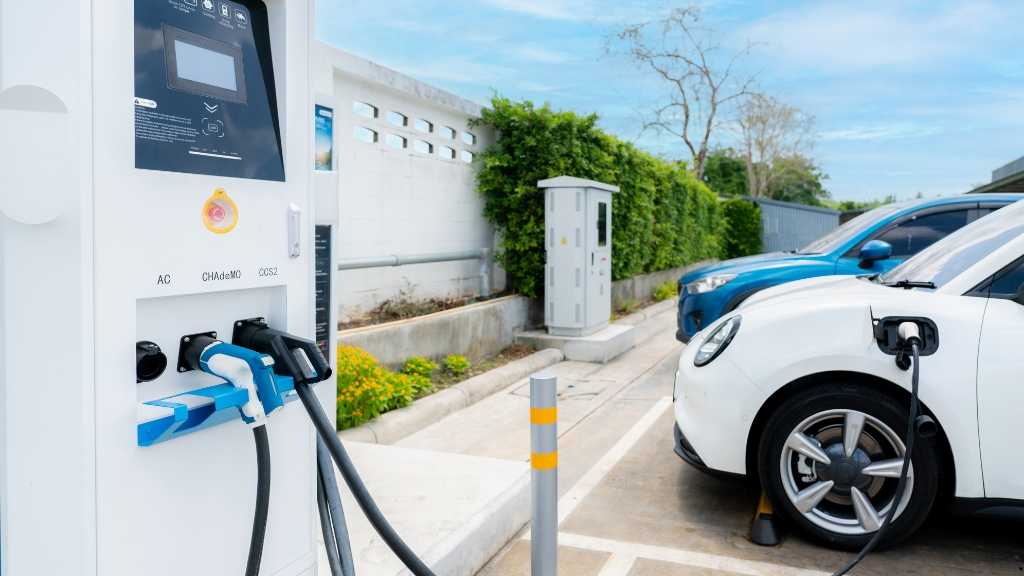The Role of 3D Printing in Electric Vehicles
3D printing significantly influences electric vehicle (EV) manufacturing. By allowing precise design and rapid production, it enhances the efficiency of making complex components. These bespoke parts help reduce vehicle weight, boosting battery performance. For example, lightweight, 3D-printed brackets and mounts offer substantial weight savings compared to traditional parts.
Custom Component Design enhances EV performance. 3D printing allows the creation of tailor-made parts that fit unique requirements. Manufacturers can easily produce intricate cooling systems or detailed battery housings that optimize space and thermal management. For instance, personalized battery enclosures help improve heat dissipation and battery longevity.
Prototyping and Testing gain speed and accuracy with 3D printing. Quick iteration of designs means faster testing and fewer errors. EV manufacturers can swiftly develop and validate new concepts, reducing time-to-market. When developing a new motor housing, 3D printing cuts prototyping time from weeks to days, allowing rapid adjustments and improved designs.
Sustainability improves through 3D printing in EVs. It uses less raw material and minimizes waste during production. This efficiency not only reduces costs but also aligns with the eco-friendly goals of the EV industry. For instance, the use of recycled materials in 3D printing curtails environmental impact and supports sustainability.
Cost Efficiency is another advantage. 3D printing decreases manufacturing expenses by eliminating the need for multiple tools and molds. This reduction in production costs makes EVs more affordable. Additionally, lower costs in material usage and labor can lead to financial savings, positively impacting the final retail price of EVs.
Replacement Parts benefit from 3D printing’s flexibility. Instead of maintaining large inventories, custom parts can be produced on demand. This approach ensures quicker repair times and reduced downtimes for EVs. For example, a specific 3D-printed part can be created and installed in a fraction of the time compared to traditionally sourced components.
3D printing plays a pivotal role in enhancing electric vehicle production, performance, and sustainability. Its contributions include precise component design, rapid prototyping, cost efficiency, and support for environmentally friendly practices, making it indispensable in the EV industry.
Advantages of 3D Printing in EV Manufacturing
3D printing offers numerous advantages in the manufacturing of electric vehicles, fundamentally transforming the industry. Some key benefits include cost efficiency, design flexibility, and the production of lightweight components.
Cost Efficiency
3D printing reduces manufacturing costs by minimizing the need for multiple tools and molds. Traditional manufacturing requires expensive, custom-built molds for each part. With 3D printing, one printer can create various components, significantly cutting down on tooling expenses. According to Deloitte, this reduction in costs can be as much as 70%. Additionally, waste is minimized, as 3D printing uses only the necessary amount of material for each part, avoiding the excess scrap typically associated with subtractive manufacturing methods.
Design Flexibility
3D printing allows for unparalleled design flexibility, enabling the creation of complex geometries that are often impossible with traditional methods. This flexibility enables automakers to produce custom-designed parts tailored to specific performance requirements. For instance, engineers can design intricate cooling systems and personalized battery enclosures that optimize space and thermal management. This adaptability accelerates innovation, allowing rapid prototyping and testing of new designs. According to McKinsey, 73% of companies utilizing 3D printing cite design flexibility as a critical advantage.
Lightweight Components
3D printing facilitates the production of lightweight components, which are essential for enhancing the efficiency of electric vehicles. By using advanced materials like carbon fiber-reinforced polymers, manufacturers can produce parts that are both strong and light. Lightweight components contribute to improved battery performance and longer driving ranges. For example, BMW reported that by utilizing 3D-printed parts, they reduced the weight of some components by up to 50%, directly impacting the overall efficiency of their EVs.
3D printing is revolutionizing the electric vehicle industry, with significant benefits in cost efficiency, design flexibility, and lightweight component production.
Applications of 3D Printing in EV Technology

3D printing is revolutionizing several aspects of electric vehicle technology. It enables innovations that drive efficiency, customization, and rapid development.
Battery Production
3D printing enhances battery production by creating intricate designs that improve energy density and thermal management. For instance, manufacturers can produce lightweight battery enclosures that maximize space and optimize cooling efficiency. This precision engineering not only boosts battery performance but also extends the EV’s driving range.
Customizable Interior Parts
The technology allows for the production of customizable interior parts. 3D printing gives designers the flexibility to create unique, tailored components like dashboard interfaces, seating, and trim. OEMs can produce small batches of personalized parts without the cost constraints of traditional manufacturing, appealing to consumers seeking bespoke vehicle interiors.
Prototyping and Testing
Rapid prototyping and testing are critical in the EV industry. 3D printing accelerates design iterations by allowing quick production and testing of new components. This rapid development cycle shortens time-to-market, enabling faster innovation. For example, automotive engineers can swiftly validate and refine designs, improving overall vehicle performance and reliability.
Case Studies of 3D Printing in Electric Vehicle Industry
3D printing revolutionizes the electric vehicle (EV) sector through impactful real-world applications. Many leading automotive companies and innovative startups showcase the technology’s transformative potential.
Leading Automotive Companies
BMW leverages 3D printing for producing lightweight components, which reduce vehicle weight by up to 50%. This weight reduction enhances battery efficiency and extends EV driving ranges. The company uses additive manufacturing to design custom parts like cooling systems and battery enclosures, optimizing thermal management and space utilization.
Volkswagen integrates 3D printing to accelerate prototyping and streamline manufacturing processes. They create complex geometries for custom parts, leading to significant advancements in vehicle performance. The ability to produce components without traditional molds reduces costs and shortens development cycles, allowing for rapid design iterations.
General Motors (GM) utilizes 3D printing to improve the production of intricate parts. They focus on custom-designed brackets and mounts that enhance structural integrity while minimizing weight. This approach not only improves performance but also demonstrates a commitment to innovative manufacturing techniques.
Innovative Startups
Arrival, an EV startup, uses 3D printing to produce vehicle components and body panels. The flexibility of 3D printing enables them to create custom designs efficiently, which is particularly beneficial for prototyping and small-batch production. This method supports their goal of reducing vehicle costs and environmental impact.
Rimac Automobili, a pioneer in high-performance electric vehicles, employs 3D printing for producing bespoke parts. Their approach focuses on optimizing the design of components such as battery housings and cooling systems. The precision and customization afforded by 3D printing contribute to their vehicles’ superior performance and innovation.
Local Motors pioneers the use of 3D printing in vehicle manufacturing with models like the Strati, the world’s first 3D-printed car. By manufacturing vehicle parts via additive processes, they achieve significant reductions in production time and costs. Their methods showcase the potential of 3D printing to revolutionize traditional vehicle manufacturing workflows.
These case studies illustrate how both established automotive giants and forward-thinking startups harness the power of 3D printing to drive innovation and efficiency in the electric vehicle industry.
Challenges and Limitations
While 3D printing revolutionizes electric vehicle manufacturing, significant challenges and limitations persist.
Material Limitations
3D printing faces material constraints impacting EV production. Current 3D printing materials lack the diversity and strength of traditional manufacturing materials. For example, metals like titanium and aluminum are expensive and difficult to print, which limits their use. Materials must withstand the EV’s operational conditions; many printed materials fail to provide the necessary durability and heat resistance. The scope of printable materials is expanding, but the current selection imposes limitations on the parts that can be effectively produced for EVs.
Regulatory Hurdles
Regulatory challenges affect 3D printed parts in the EV industry. Safety standards necessitate rigorous testing for any new component. Since established regulatory frameworks cater to conventional manufacturing, 3D printed components face delays and higher compliance costs. For instance, a part printed with a new material requires extensive validation, which adds significant time to the market entry process. The absence of standardized testing protocols for 3D printed parts further delays regulatory approval. Adjustments to regulatory frameworks are needed to accommodate the unique facets of 3D printing technology while maintaining safety and quality standards for EV components.
Future Trends and Predictions
3D printing is set to play an even more pivotal role in the evolution of electric vehicles. The future holds exciting trends shaped by increased adoption and rapid technological advances.
Increased Adoption
More EV manufacturers are embracing 3D printing. Major automakers, for example, are integrating this technology into their production lines to reduce costs and increase design flexibility. With 3D printing, companies can create prototypes and finished parts quickly, which streamlines the production process. This growing adoption is evident in the investments by leading firms in advanced 3D printing facilities. By 2025, 3D printing in automotive could reach a market size of $2.3 billion, according to Statista. The shift toward electric and autonomous vehicles further accelerates this trend, as these sectors benefit from the bespoke and lightweight components that 3D printing offers.
Technological Advances
Technological advancements in 3D printing will further empower the electric vehicle industry. Innovations in materials science are resulting in stronger, more diverse printing materials, which are crucial for producing durable and heat-resistant EV parts. For instance, new composite materials and high-performance polymers extend the range of applications for 3D printing in EV manufacturing. Advanced printing techniques, such as multi-material printing, enhance the functional integration of parts, allowing for the creation of complex components with embedded electronics.
Moreover, automation and AI-driven optimization in 3D printing processes are reducing production times and improving quality control. Predictive maintenance, enabled by AI, ensures the reliability of 3D-printed parts. These technological strides are making the production of intricate, lightweight, and high-performance components more feasible and cost-effective than ever.




